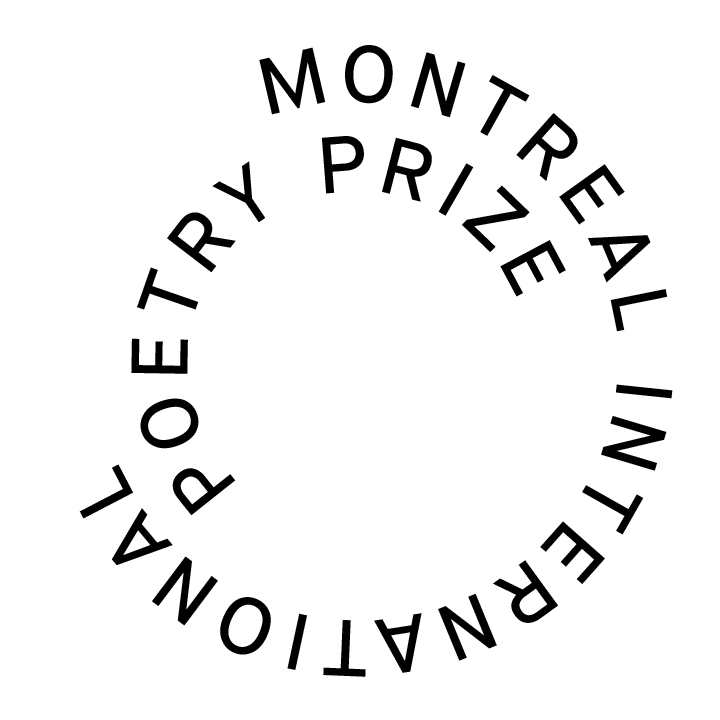The Square
by Diane Fahey
On the photography of Eugène Atget
Despite their documentary intent, Atget's images
seem to want to be placed in a story.
– Nicholas Mirzoeff
A self-secluded man, he made no claims
for himself, or for the body of work
that imaged dwellings, shops,
whole streetscapes of Old Paris –
many, soon to vanish. And there were
portraits of organ grinders, knife-grinders,
sellers of lampshades, brollies:
as Paris was remade, they'd vanish, too.
Each stands in an unseen spotlight
while, in his singular, patient way
but with Balzacian belief,
Atget photographs them, forever.
And he archived the shanty-towns –
beside a rise of sheds, cabins,
the rag-and-bone men, their solemn-eyed
children looking back at us.
All this with his massive, antiquated
camera, hefted around Paris for decades.
The Surrealists, in their universe of
found objects, discovered him,
prized his pavement displays of
spat boots, cauliflowers, corsets, dolls,
his storefront windows with clouds in flux
above the staring eyes of mannequins.
What he loved most was
early morning light, ashen, sheer,
when the actor, and the painter
he had been, could apprise
then set forth a mise-en-scène,
whether spectral and decaying
with playbills lifting from alley walls,
or exquisitely bare, resonant with
the absence of life and lives.
He sets up in a Square, like a silent room:
Eugène Atget, elegist, working on
as if nothing can be truly lost.
Diane Fahey is the author of thirteen poetry collections. She has won major poetry awards and been shortlisted for seven book awards, with Sea Wall and River Light winning the Judith Wright Prize. She has received literary grants from the Australia Council, and the Victorian and South Australian governments. Her poetry has appeared in many international literary journals, and in over seventy anthologies. Diane holds a PhD in Creative Writing from UWS. dianefaheypoet.com
